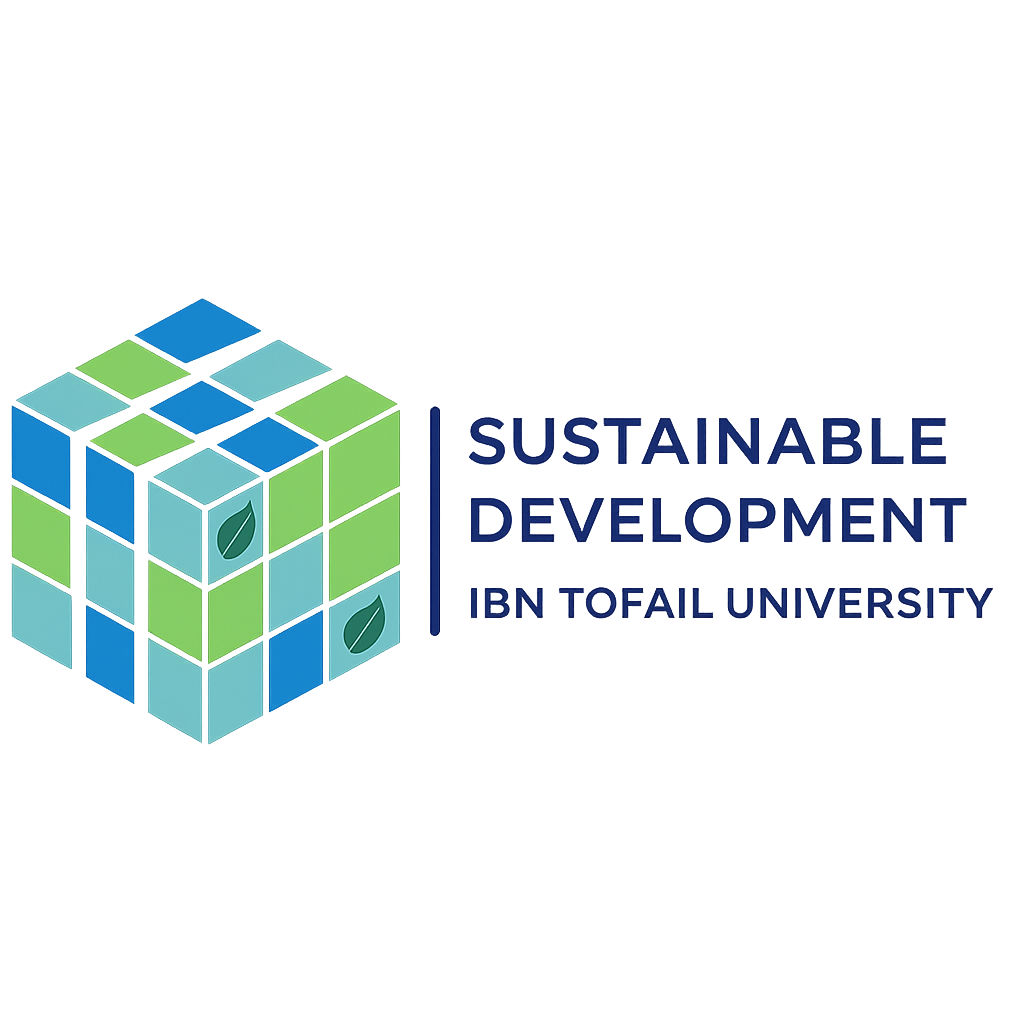Moroccan Coordinator: Pr. Hassan El Bari (Ibn Tofail University)
Project Period : 2022-2024
Funding Partners : Leap-Re program
Description:
The BIOTHEREP Circular is a project that aims to create novel and economically viable integrated processes that will help convert slaughterhouse activities into environmentally friendly sustainable practices and reduce the risk of soil, climate, and water pollution.
The project, set to unfold between 2022 and 2024, aims to develop an integrated strategy to produce bioenergy from slaughterhouse wastes and implement solutions that respond concretely to the global and regional sustainable development objectives from a circular economic perspective.
The project’s primary ambition is to propose effective, optimized, and innovative multidisciplinary technological solutions to the current problems of SHW management that seriously affect climate, soil, and water resources.
Context: Why is this action necessary?
Slaughterhouses produce large amounts of solid and liquid waste containing a high organic load, which threatens ecosystems and risks human health. Slaughterhouse management is becoming more challenging as population growth drives up local demand for food and energy resources. This negatively impacts ecosystems due to waste accumulation and greenhouse gas emissions. In addition, the overconsumption of water complicates the overall negative impacts.
The animals’ blood, stomach contents, urine, feces, and possibly other organic constituents are drained from the cleaning water into the sewage system. Since slaughterhouse waste (SHW) contains large amounts of fats, proteins, lipids, and organic matter, it becomes a potential source for producing biogas (methane), biohydrogen, and other value-added products. The bioenergy produced can support addressing the energy needs of the rural population in rural areas and energy self-sufficiency for slaughterhouses.
What concrete actions will be implemented?
The project will be executed by implementing a fully circular process of converting waste streams into energy and other valuable by-products.
The BIOTHEREP approach combines biochemical (BCC) and thermochemical conversion (TCC) (pyrolysis, gasification) processes to produce renewable energies. The obtained solid digestate from BCC will be processed by a TCC to produce biochar by pyrolysis and syngas by gasification. The biochar will be used as a precursor for improving CH4 and H2 production and for in-situ CO2 removal. Syngas (mainly H2 and CO) could be used as a fuel to produce thermal energy. These hybrid system outputs contribute to bioenergy production and are good local and regional alternatives to imported activated carbons and conventional energy sources.
What is the expected impact of the project?
Among the project’s primary outcomes will be the creation of an integrated waste management and energy generation system that is ideal for slaughterhouses. The slaughterhouses in Africa might employ this method directly, or it might be extended to other slaughterhouses that deal with comparable issues like improper disposal of waste heat or inadequate energy supply, particularly in remote regions.
Overall, in BIOTHEREP, several sustainable development goals are targeted. The project has an environmental and social impact on the African continent and responds to population needs. By implementing this integrated approach, the regional slaughterhouse sector can strengthen its competitiveness and growth by becoming more energy efficient. Results obtained could be used beyond this project for investigation in further R&D or international development projects.
